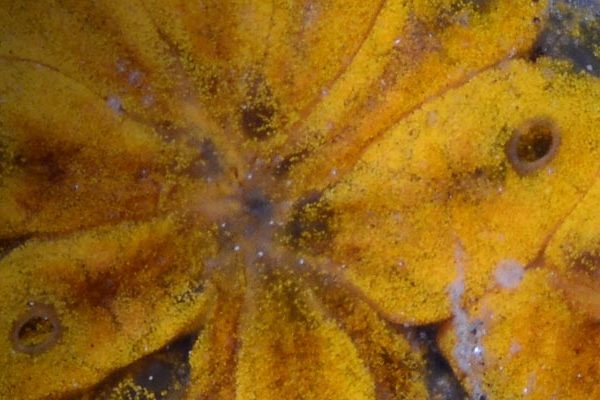Assessing Canada’s Capacity to Address Marine Invasions

Marine invasive species are a growing threat facing our coastal ecosystems, but practitioners lack the guidance needed to act. This project lays a foundation for translating theory into practice by conducting a policy gap assessment and providing recommendations for addressing gaps based on best practices in other jurisdictions.
Project Details
Location: |
Haida Gwaii, British Columbia, Canada; 53.392369, -132.304524 | |
Client: |
Marine Plan Partnership (MaPP) | |
Duration: |
2016 – 2017 | |
Team Member(s): |
Natascia Tamburello, Erica Olson, and associates (Fiona Francis, Brett Howard) | |
Practice Area(s): |
Fisheries & Aquatic Sciences | |
Services Employed: |
Science Communication & Knowledge Synthesis, Risk and Vulnerability Assessment |
The Problem We Aimed to Solve
Marine invasive species are identified as a key issue to be addressed in several regional marine plans across Canada, including the MaPP Marine Plans developed for central and northern coasts of British Columbia. However, the vast majority of existing invasive species research, programs, and policies are strongly focused on terrestrial and freshwater invasive species. Marine invasive species, by contrast, represent an emerging area of concern and relatively little guidance exists to inform management within the Canadian context. This situation has left many natural resource managers struggling to understand how best to translate policies into practice, and what tools might be at their disposal to do so.
How We Helped
This project aimed to clarify how new Canadian legislation for the management of aquatic invasive species would be applied to achieve practical marine invasives species management objectives on the ground, with a special focus on the island of Haida Gwaii in Western Canada.
Our team carried out systematic policy analysis, literature review, and interviews with key marine invasive species experts and natural resource managers in Canada and the US to determine how the new policy should be applied, characterize interactions with other policies, identify policy gaps, and propose solutions to these gaps drawn from policies and best practices in other jurisdictions.
Our Project’s Impacts
The final synthesis report provides marine resource managers with a suite of options to consider for the successful prevention, monitoring, and mitigation of marine species invasions in pursuit of broader marine planning objectives. This work will serve as a comprehensive foundation to draw on as regions move forward in designing marine invasive species management plans and thus represents the first step in a systematic approach towards fulfilling commitments to address invasive species not only in the Haida Gwaii Marine Plan, but across Canada’s coastal regions. Our work in this space is ongoing, as we move forward with the next phase involving carrying out a risk assessment of key marine invasive species of cocnern in Haida Gwaii to inform a regional marine invasive species management plan.
- Link to MaPP website http://mappocean.org/
- Link to Invasives 2017 slide deck (upgrade to webinar when can record)
http://events.bcinvasives.ca/2017-presentations/ - ESSA Report direct download link (https://www.dropbox.com/s/3dvwgas2a910zs7/ESSA_MaPP%20Invasive%20Species_Report_FINAL_090817.pdf?dl=0)

